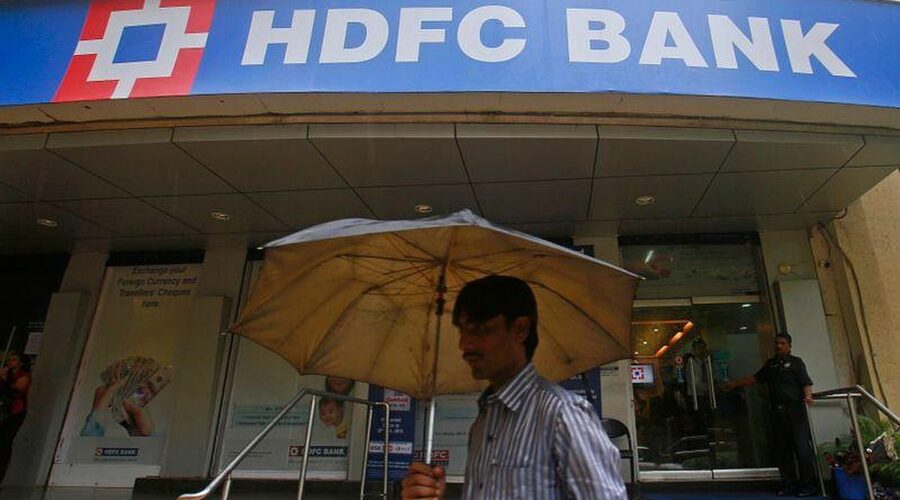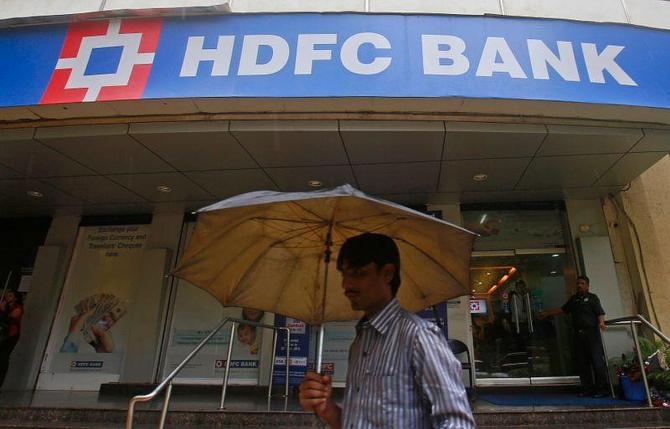Keki Mistry and Renu Karnad to join HDFC Bank board
The merger of HDFC with HDFC Bank created a banking behemoth with a market cap of $180 billion – the fourth largest bank in the world.
Manojit Saha reports.
The board of HDFC Bank has approved the appointment of Keki Mistry and Renu Karnad as the additional non-executive directors of the bank, and V Srinivasa Ranjan as its executive director.
Mistry was the chief executive officer and vice chairman of HDFC, which merged with the bank today (1 July 2023).
Karnad has been the managing director of HDFC since 2010.
Ranjan was the executive director and chief financial officer of HDFC.
Mistry has been appointed to the board of the bank with effect from June 30, 2023, while Karnad joined from the effective date of the merger of HDFC and HDFC Bank, which is July 1, 2023.
Both Mistry and Karnad’s appointments are subject to shareholders’ approval.
Ranjan has been appointed as the executive director (whole-time director) for three years from the date of the Reserve Bank of India’s approval.
Subsequently, the shareholders’ approval will be taken.
“Once the RBI approves the application, the Board will consider his appointment, subject to the shareholders’ approval,” HDFC Bank said.
The merger of HDFC with HDFC Bank created a banking behemoth with a market cap of $180 billion – the fourth largest bank in the world.
According to the share swap scheme, shareholders of HDFC will receive 42 shares of HDFC Bank (each of face value of Re.1), for 25 shares held in HDFC Limited (each of face value of Rs.2), and the equity share(s) owned by HDFC Limited in HDFC Bank will be extinguished as per the Scheme.
HDFC Bank will be fully (100%) owned by public shareholders, and the existing shareholders of HDFC will own 41% of HDFC Bank.
On July 13, the shareholders of HDFC will be issued shares of HDFC Bank, and HDFC shares will not be traded in the exchanges.
HDFC Bank had said that the merged entity brings together significant complementarities existing between them and is poised to create meaningful value for various stakeholders.
Source: Read Full Article


